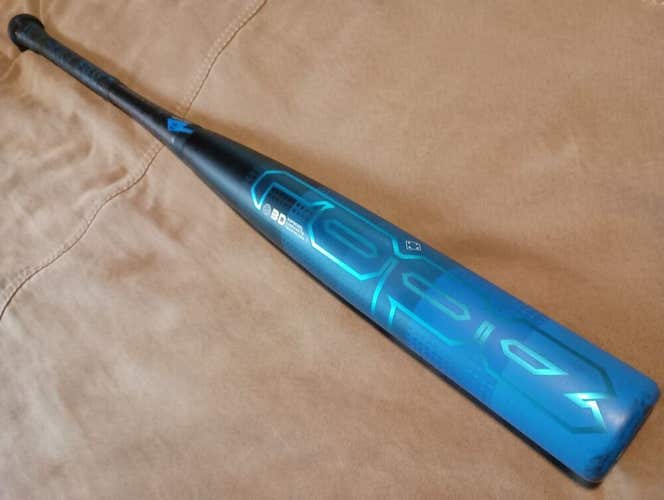Popular Baseball Bat Models
See more Popular Baseball Bat Models
CamWood Trainer
10 Available
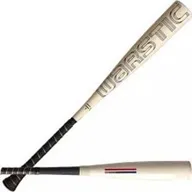
Warstic Bonesaber
187 Available

Louisville Slugger Atlas
221 Available

Louisville Slugger Select PWR
280 Available
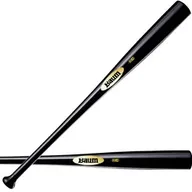
Baum Gold Stock
20 Available

Easton ADV 360
372 Available
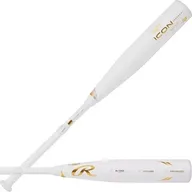
Rawlings Icon
407 Available

Soldier Sports Tank
64 Available
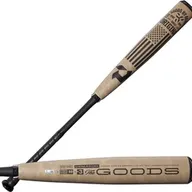
DeMarini The Goods
981 Available

Marucci CAT X
727 Available
Trending Bat Listings
See more
MMATT152

larrydmartinez7

KyeL7

sportsxchange
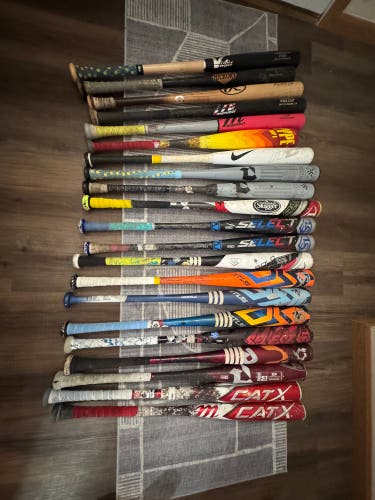
Gaitheraidan

jakescherrer
IMMACULATE - 2024 DeMarini Voodoo One BBCOR Certified Bat (-3) Alloy 29 oz 32" (Used)
$130
Retail price: $400
813_bats

sportsxchange

Talley118

813_bats

jmpiombo
Shop by Bat Certification
USSSA Certified Baseball BatsUSSSA CertifiedBBCOR Certified Baseball BatsBBCOR CertifiedUSA Certified Baseball BatsUSABat CertifiedTraining Baseball BatsTraining Bats
21,626 Results
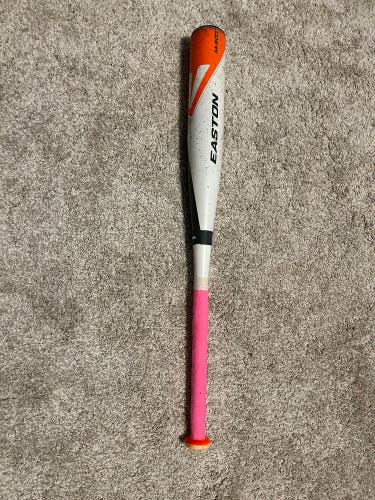
morganpom12

PIAS_MADISON
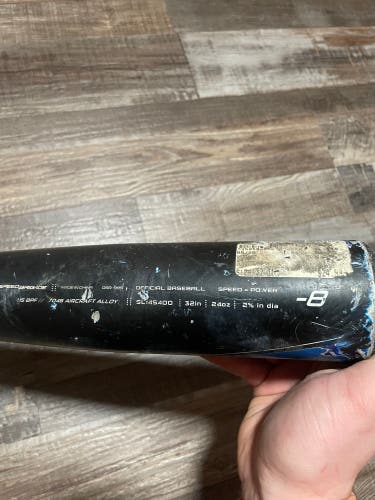
Sehrhard513
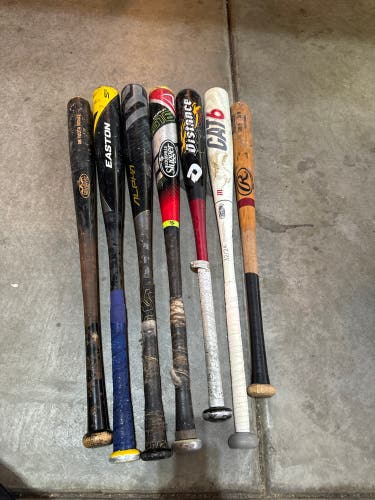
Ivan_3
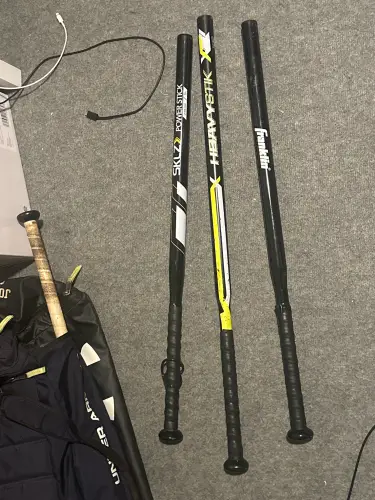
Mattj1s
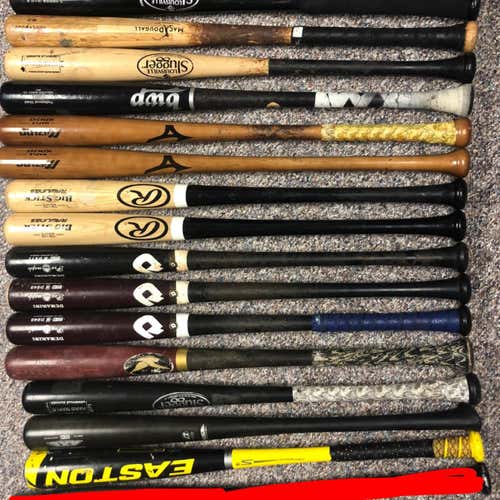
Lalum129

Truitthorne2008
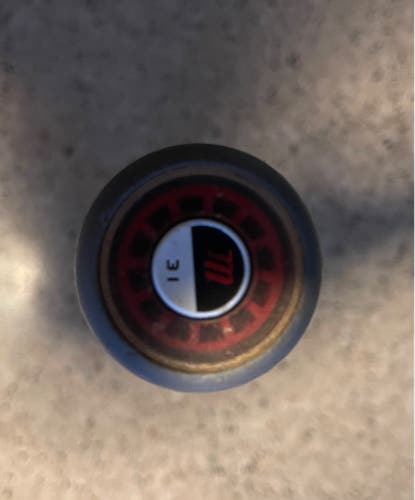
Caferama

shawnn123
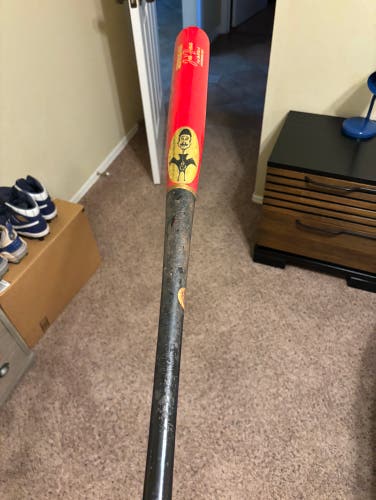
jxshsznn

Tjads22

Kevinsim32

mloos1818
Fungo baseball bat
$41$4510%


EthanLind

BensBats

landonkamant
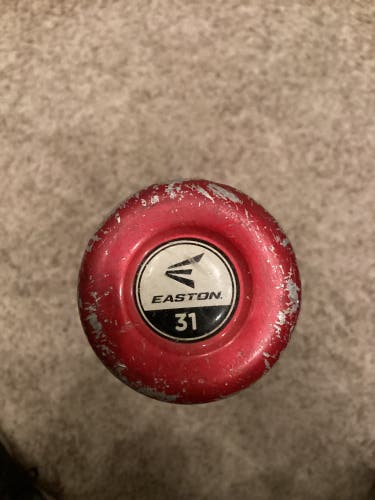
Burtsnayr
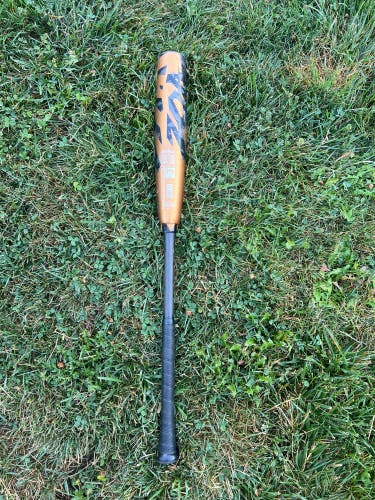
JPetrella

Fuegoscar
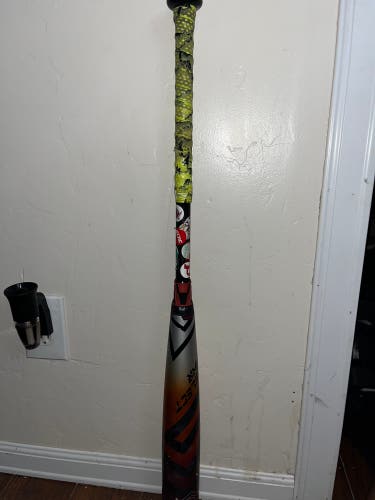
josemtz10

DKIKER
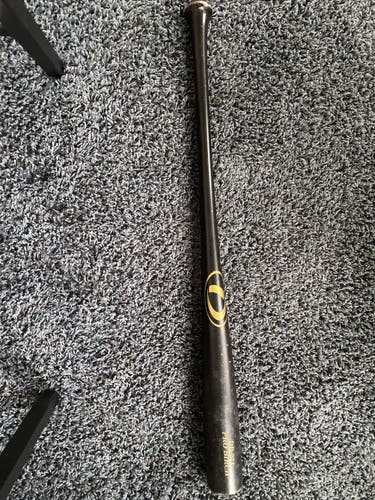
JohnG5

Seabiz
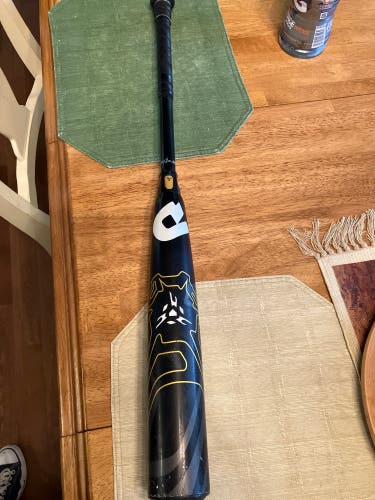
EEvan230
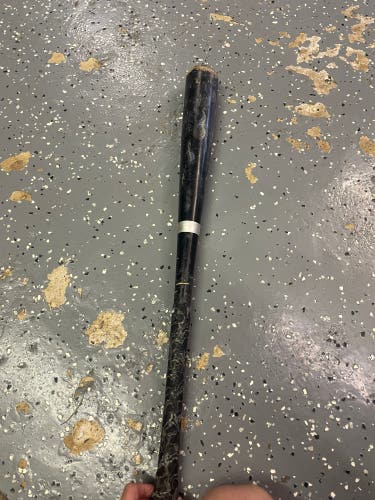
JackBaseball2010
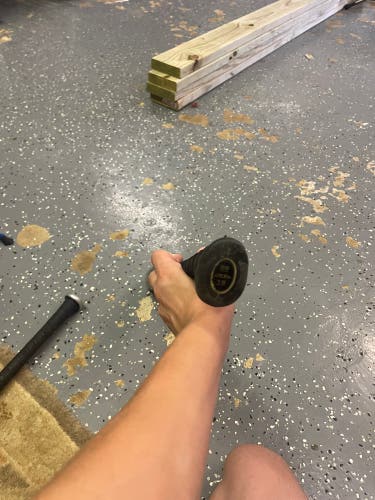
JackBaseball2010
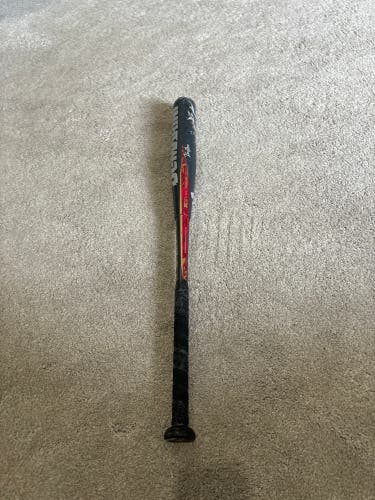
CooperBrak
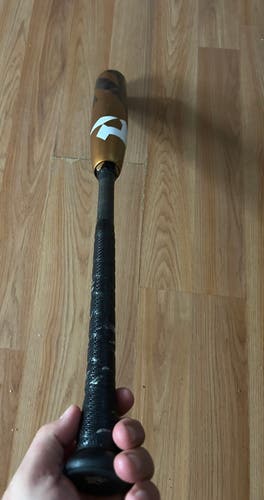
Shreksta1130
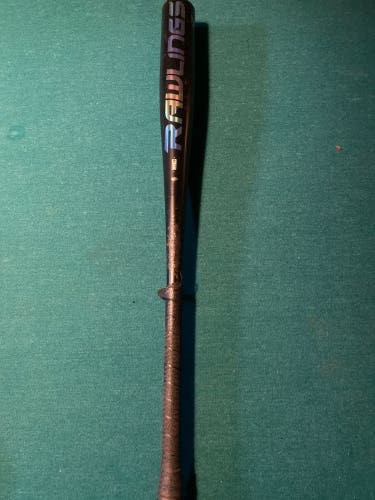
SeanDoran12
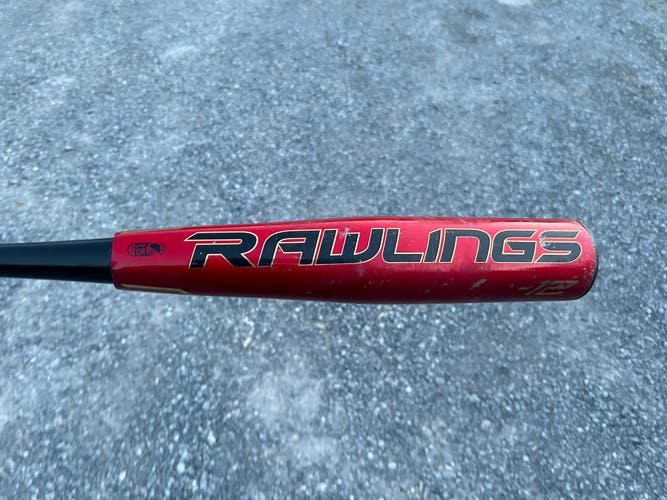
ALonas4
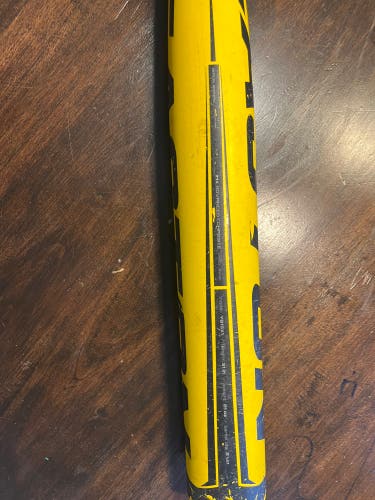
Leonardckdcnc24
Related Articles
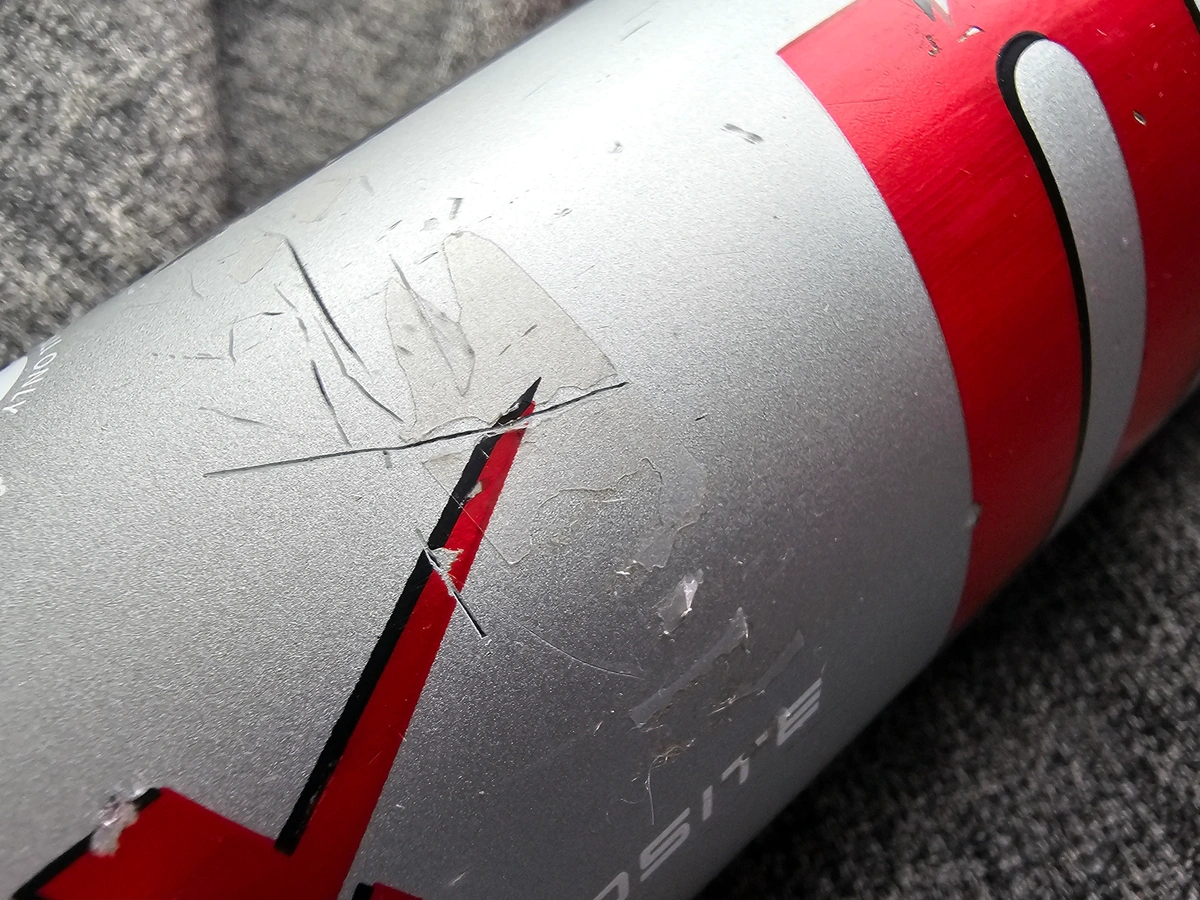
Signs You Need to Replace Your Baseball Bat
A trusty bat, perfectly balanced and broken in, allows you to unleash powerful hits with confidence. But even the most cherished bat can't last forever.
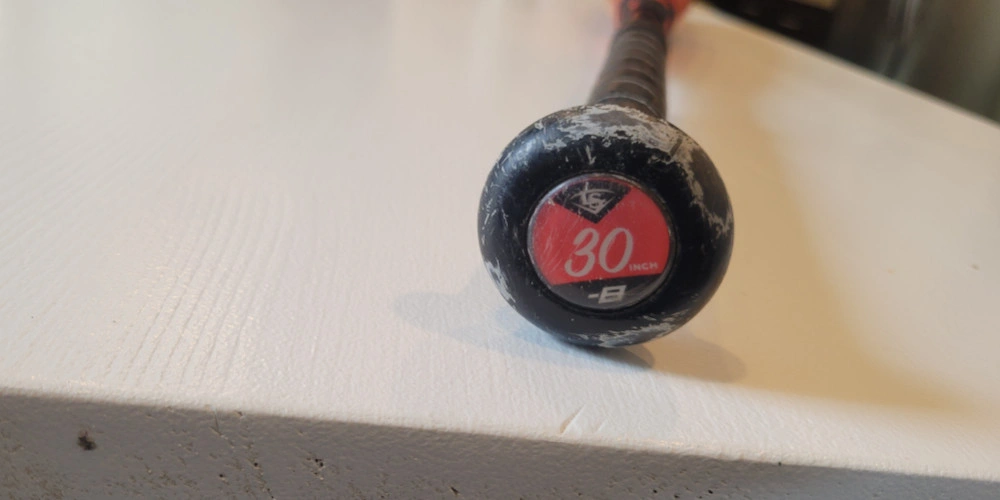
Buying a Used Baseball or Softball Bat
Looking to save big on used bats? Here's a brief checklist that our trade-in team uses to determine whether a used baseball or softball bat is worth buying.
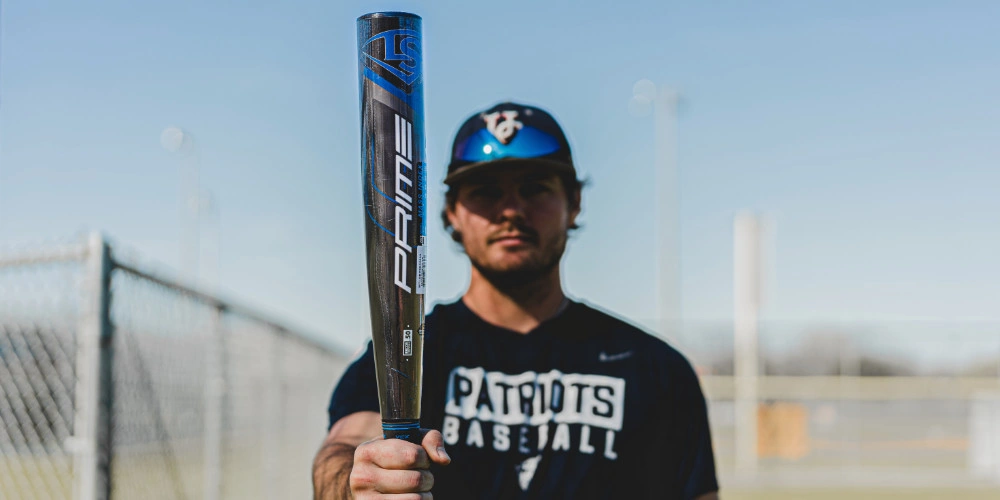
How to Ship A Baseball Bat
If you're looking to sell your bat, we've got a few tips to help you ship them safely.

